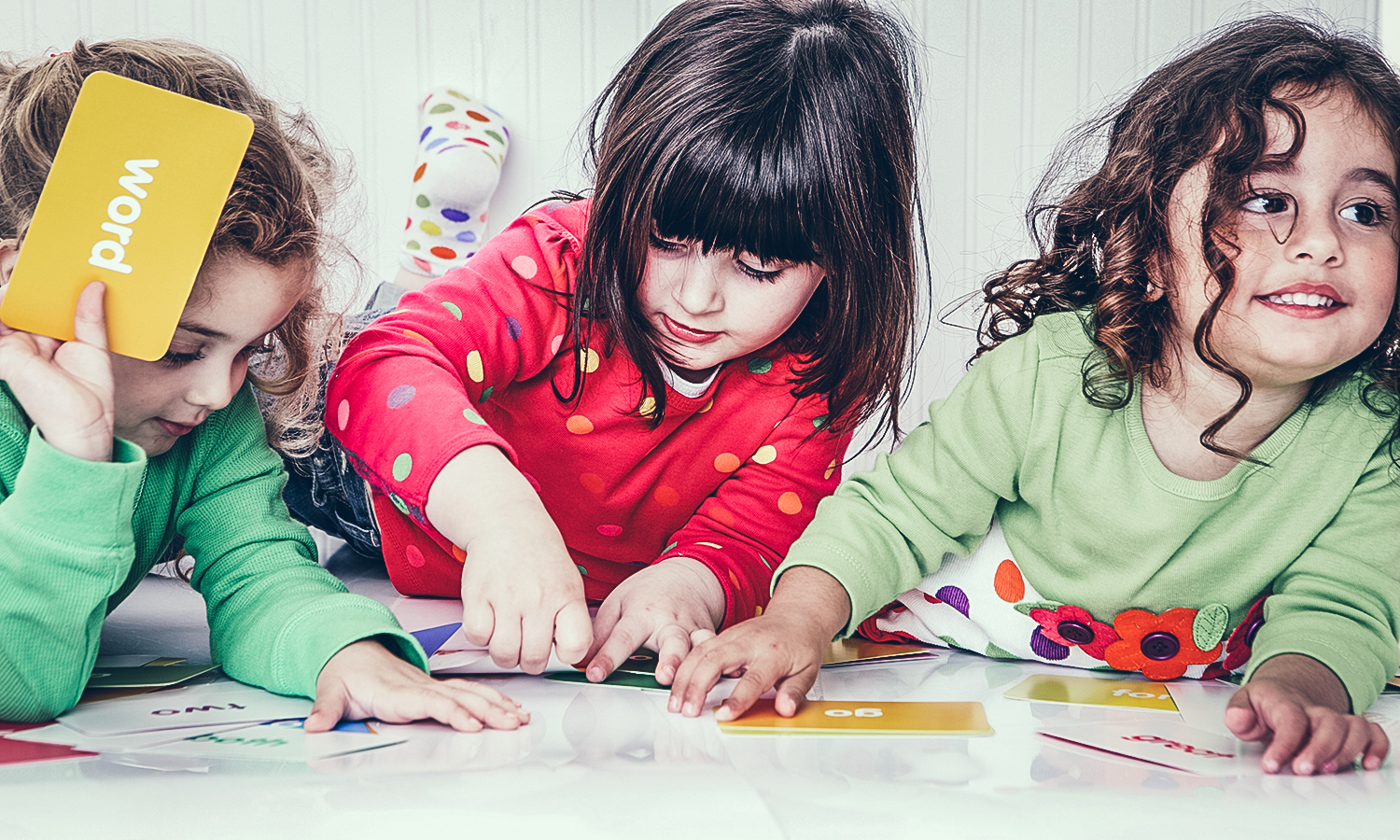Like what you see?
Sign up to receive more free parenting advice.
Thank you for subscribing to our newsletter!
Early Learning

Credit: iStock.com/Weekend Images Inc.
It’s been almost 25 years since research found that the number of words children are exposed to before the age of four contributes to their performance later in life. The gap between higher and lower-income households is enormous; it’s estimated at around 30 million words.1
It’s a statistic paediatric surgeon and author of Thirty Million Words: Building A Child's Brain, Dr Dana Suskind, has been addressing for almost a decade.
Through her work at Chicago’s TMW Center for Early Learning + Public Health she leads a team developing evidence-based programs that empower parents and caregivers with knowledge and skills to develop their children’s intellectual potential, particularly around early language.
“These programs translate emerging brain science into strategies that can be used in everyday settings,” she says.
A large part of her work has been helping parents and caregivers understand the critical role they play in children’s foundational brain development.
“Science tells us that parents and caregivers are the primary architects of their children’s brain development, but most early childhood efforts focus on children rather than the adults in their lives,” says Dr Suskind.
It starts with exposure, and this is where parents and caregivers come in.
“Simply put, a child who has been exposed to more words will know more words,” says Dr Suskind.
Exposing your child to language, talking, reading, and singing with them not only builds your child’s language skills, but it also helps your child learn to self-regulate… it takes more than being smart to do well in school; a child who is unable to sit still or follow a teacher’s directions will have a harder time learning.Dr Dana Suskind
Stay up to date with the latest news and articles from First Five Years
Thank you for subscribing to our newsletter!
Why is early vocabulary development so important?
Many parents understand that robust vocabulary in a child can have advantages such as helping children create a solid foundation to build upon at school as they will have an easier time understanding the teacher’s instructions, lessons, or learning to read. But research also reminds us that early language environment impacts on much more than just a child’s vocabulary.
Talking to your children builds literacy skills, impacts math and spatial reasoning, executive function and self-regulation, social and emotional skills, secure attachment and more.
“Exposing your child to language, talking, reading, and singing with them not only builds your child’s language skills, but it also helps your child learn to self-regulate… it takes more than being smart to do well in school; a child who is unable to sit still or follow a teacher’s directions will have a harder time learning,” says Dr Suskind.
How to deliver enriching language for your child
Social science has known the power of parent talk for decades. But how can parents and caregivers best ‘serve it up’?
Dr Suskind says that at the TMW Center, “3Ts” are at the core of every program: Tune In, Talk More and Take Turns.
“Tune In means be in the moment with your child; Talk More means use a wide variety of words with your child; and Take Turns means engage your child in conversation. When parents use all 3Ts at once, they maximise the impact their language has on their children’s brain development,” says Dr Suskind.
This practice can start with infants.
“Many people don't realise that even before a child's first word babies are practising how to have a conversation. If you respond to every coo or babble you are starting to help them build that ability,” says Dr Suskind.
“When you watch closely you can almost see the neurons in the baby's brain developing as you're taking turns in this social dance.”
Dr Suskind says that routine times of the day are the perfect opportunity to use the 3Ts.
“You’re going to be getting your child dressed in the morning, you’ll be feeding your child, or you are going to be giving them a bath. If you use 3Ts during these times you’re building more rich language into each experience for your child and taking care of business at the same time,” she says.
Technology is also helping parents deliver the 3Ts. A small wearable tool known as a LENA device (often called a “talk pedometer”) is being used by many child development experts to capture and monitor their home language environment.
“LENA allows families to not only understand where they are from a language input standpoint, but to really reflect on that, set goals, and improve their children’s language environments. It’s a perfect example of how powerful technology can be,” Dr Suskind says.
The device is paired with software that processes the audio captured by the device. It then identifies and differentiates between adult’s speech, children’s speech and background noise. It can even measure conversational turns (back-and-forth speech between the child and adult, which has a particularly powerful impact on children’s brains).
Start early, or simply start
While Dr Suskind reiterates that it’s never too late to begin talking and engaging more with a child, the earlier the better.
“A tremendous amount of brain development occurs during the first three years of life. In fact, 85 per cent of the physical brain develops in the first three years. During this time, billions of connections are created, building a complex circuitry that becomes your child’s foundation for learning,” she says.
There is no other time in life when brain growth is so rapid as those first few years.
“That means this is the best time to act,” Dr Suskind adds, noting that every time a parent says a word, change is taking place.
“When you say a word, your child’s brain hears it and fires a connection for that word. The more the you talk and interact the stronger these connections become… When you fill your child’s early years with rich talk and interaction, you build their brain and shape their future,” she says.
[1] http://www.aft.org//sites/default/files/periodicals/TheEarlyCatastrophe.pdf







